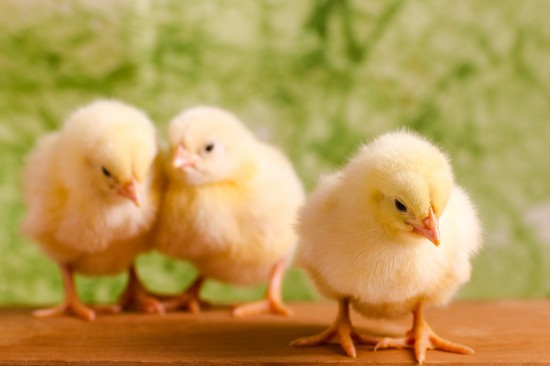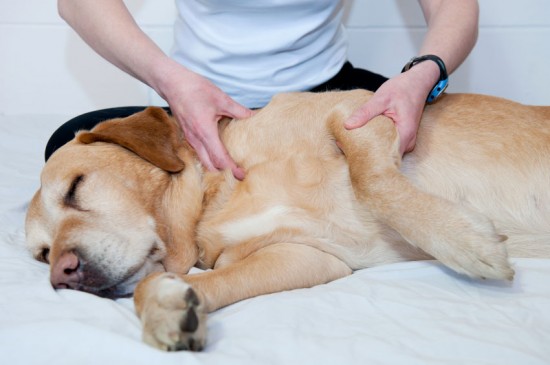
We all want our dogs and cats to live healthy long lives. A challenge for each of us is to remember that every animal (and person) has different needs on this journey of health. Some people live to be 100, drinking and smoking. Others live to 100 as vegans. Some cats develop many illnesses when vaccinated and fed commercial foods, others are healthy. Some dogs are happy with few walks, others need a lot of exercise. And the examples could go on for pages. While we and our animals are each different, the following seven keys should each make common sense to you and have been shown in my 30 years of practice to improve your animals' health by leaps and bounds. Start with some suggestions you can do yourself, take some classes and then if there is not enough improvement, consult one or more holistic practitioners.
1. KNOW THE CURRENT LEVEL OF HEALTH. Most health problems are the result of an underlying energy imbalance. As we cure animals of "disease", we find that other things we thought were normal go away as well. As a homeopathic veterinarian for 30 years my clients are pleased when their dog stops shedding, for instance, as their persistent lameness resolves. Your goal is for your animal to have great energy, no doggy odor, no hairball vomiting, little shedding, no colics, teeth that do not need floating as often, a glowing coat and many more. Go to www.theAVH.org (Academy of Veterinary Homeopathy) or www.ChristinaChambreau.com for a complete list of these signs. In young animals, these apparently "normal" problems may be the only indications to start exploring new options for lifestyle or treatment.
2. FEED THE BEST. What are the best diets for people or animals -- the most processed or the freshest, most organic? The best ingredients should be the most consciously raised - local, organic vegetables, free ranging protein sources. Since dogs and cats have ripping and tearing teeth, one set of bone crunching molars, no enzymes in the saliva, a stomach of pH one where food sits for 4-12 hours, the best diet is raw meat including raw bones, pureed raw and cooked vegetables and a few supplements (Calcium if no bones are eaten is critical). Start at any age, as the first food for young kittens and puppies or transitioning animals onto the better diet as soon as you realize this need. One great supplement to help with this raw diet is Call of the Wild from Wysong (www.ChristinaChambreau.com/products.php if you can’t buy it locally). Second best is same quality, fresh ingredients, but cooked. Some animals do better with warmed or cooked foods of the same high quality. Even grocery store quality meat and vegetables are much better than most processed foods. Commercial raw food diets can be great to medium quality. Every animal needs and wants a different combination at different times in their lives, just as we do. With any food, observe each of your animals for the effect that food has on them.
3. VACCINE THE LEAST. Researchers in conventional veterinary medicine agree that we vaccinate too often, in too many combinations, and that this level of vaccination, while preventing epidemics, is harmful to the health of susceptible animals. The AVMA now recommends that cats and dogs only be vaccinated every 3 years. On-going studies show that antibodies are high 10 and 16 years later, so I recommend just a few baby shots then only rabies as needed to be legal. Dr. Ronald Schultz of the University of Wisconsin veterinary college says that distemper, parvovirus and Panleukopenia vaccines, if they produce any immunity, are good for life. The insert in vaccine packages says "Give only to healthy animals", so if your animal is ill in any way, or undergoing treatment, they should not be vaccinated. Vaccinated animals often develop many chronic conditions including cancer.
4. USE THE FEWEST CHEMICALS. Each animal is an individual and will respond differently to heartworm, flea and tick preventatives. Some are very sensitive to chemicals used in the yard or the house. Chemicals in foods can cause allergic type reactions. Healthy yards have lots of weeds. House cleaners can be made from foods and microfibril cloths clean like a charm. Healthy animals never get fleas and ticks.
5. UNDERSTAND HOW ANIMALS BECOME ILL AND HOW THEY HEAL. First there is an energetic imbalance (they are just not right), then functional (the dog is itchy), then inflamed (skin is red, infected, swollen and hot) and finally tissue changes (thick, black skin). Results of any treatment can be no change, amelioration (current symptoms disappear with no other improvements, then return), suppression (current symptoms disappear and they become more ill) or a cure (everything about the animal to begins to improve, especially the overall energy level.) Keeping a journal is critical to determine what treatments are helping problems to become less frequent and less severe. You can stand firm with what you feel is working even if your professional disagrees and you can change approaches and even move to different practitioners when needed.
6. LEARN DIFFERENT HEALING APPROACHES. There are so many different ways to stimulate your healing that you never need to give up trying. Flower essences, essential oils, homeopathy, acupuncture, massage, Reiki and chiropractic are a few. Classes are found through your health food store, by phone or on-line. www.ChristinaChambreau.com/schedule.php has a list of my classes and soon, those offered by others as well.
7. SELECT THE BEST HEALERS for each animal's health team. Most people want a veterinarian (preferably integrative) and an energy healer. Others add an essence prescriber, a behaviorist, masseuse and more. You decide what needs to be tried next for your animal by tracking symptoms in a journal, paying particular attention to the energy level and emotional states. When you realize the animal is not improving - seek different care.
 How To Raise Healthy Chicks
How To Raise Heal
How To Raise Healthy Chicks
How To Raise Heal
 Dog Food - How To Compare And Get Best Value For Money
The dog food topic is widely discussed nowadays and many
Dog Food - How To Compare And Get Best Value For Money
The dog food topic is widely discussed nowadays and many
 Holistic Therapies In Veterinary Medicine
Holistic Therapie
Holistic Therapies In Veterinary Medicine
Holistic Therapie
 Basic Grooming Tips For Dogs
Basic Grooming Ti
Basic Grooming Tips For Dogs
Basic Grooming Ti
 More Information On The Lagotto Romagnolo Dog Breed
More Information
More Information On The Lagotto Romagnolo Dog Breed
More Information
Copyright © 2005-2016 Pet Information All Rights Reserved
Contact us: www162date@outlook.com